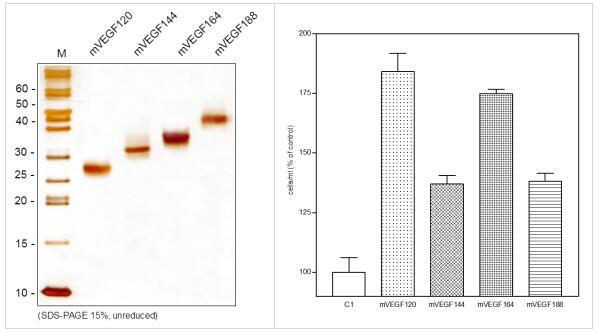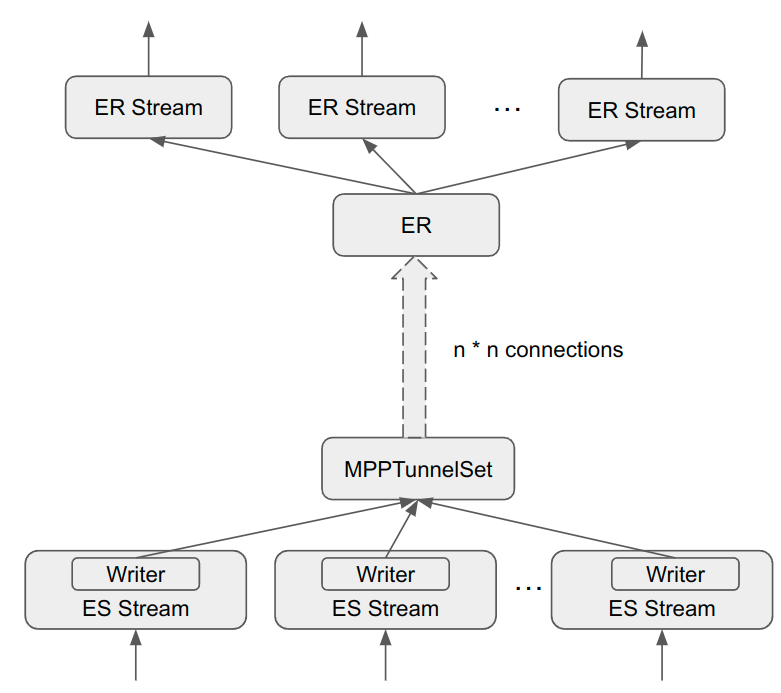The authors consider the problem of predicting the internal physiological skeleton from the surface of the human body, which has numerous applications in medicine and biomechanics.The author first established a human mesh-skeleton data pair containing more than 2,000 males and females, constructed a human skeleton data in a standard pose from these data, and proposed a method from arbitrary human skeletons.A way to predict the corresponding skeleton of the human mesh of the pose!
Project link: https://osso.is.tue.mpg.de/
Code link: https://github.com/MarilynKeller/OSSO
The flow of the article method is shown in the figure below. The author used X-ray absorptiometry (DXA) to scan 1200 men and women, and then used
a target=_blank rel=noopener data-linktype=2>Parametric Manikin STAR Fits the contours of the human body to get the meshes of these manikins, using the skeleton templateFitting the X-ray scan data to obtain the corresponding human skeleton, and obtaining the one-to-one correspondence data of the grid and the skeleton, the author first constructed a parametric skeleton model in a standard pose from these data, and learned the shape parameters from the human body model STARThe mapping between the shape parameters of the skeleton model, so that given a STAR model human mesh in any pose, the corresponding bone size can be obtained first, and then by optimizing the pose parameters of the bones, the bones in the corresponding pose can be obtained.Model!










